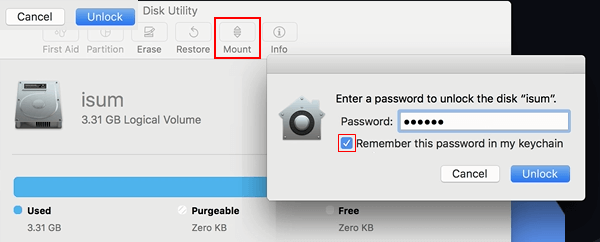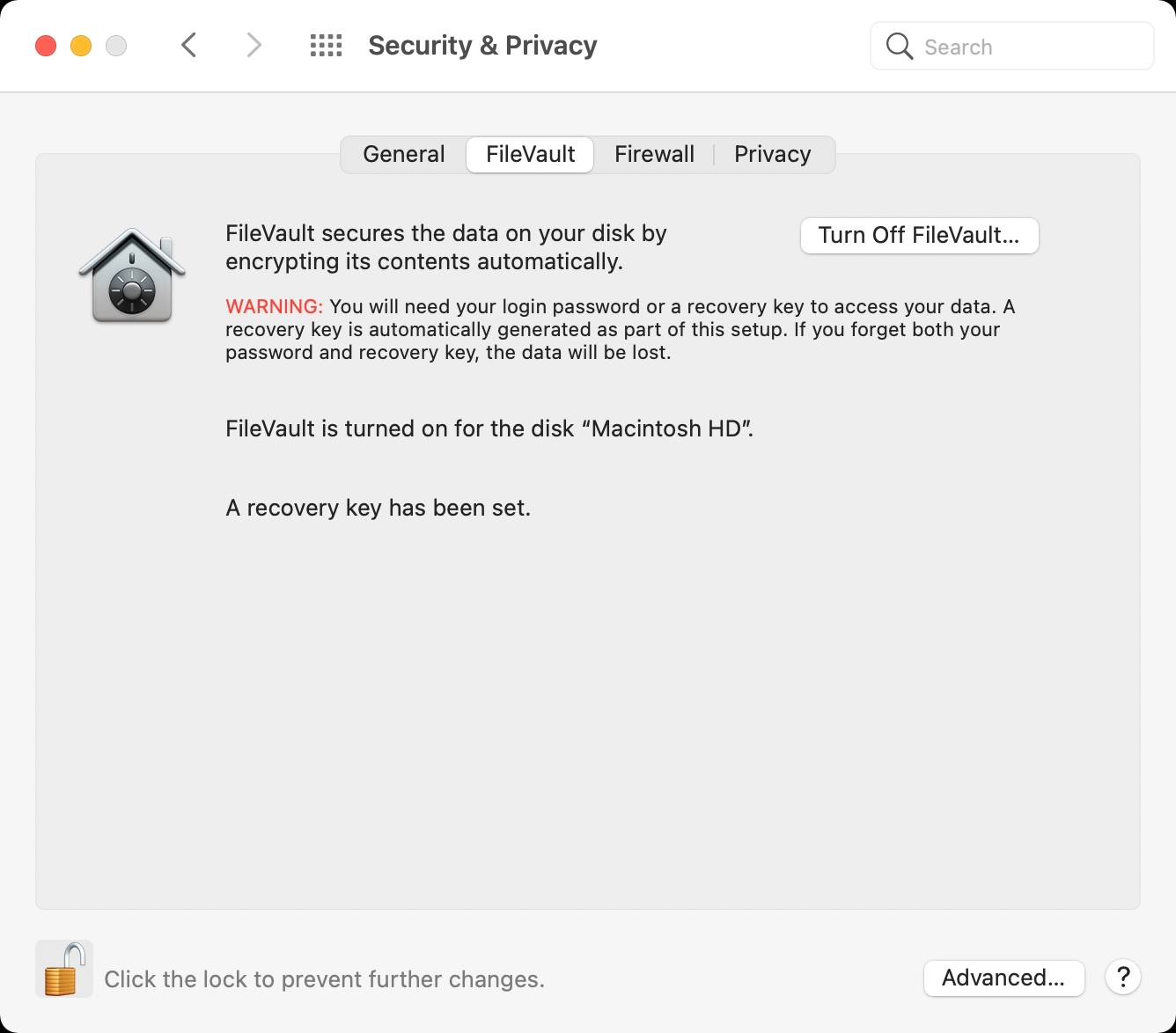

- ENCRYPTED DISK MAC CHANGE PASSWORD HOW TO
- ENCRYPTED DISK MAC CHANGE PASSWORD UPDATE
- ENCRYPTED DISK MAC CHANGE PASSWORD PORTABLE
- ENCRYPTED DISK MAC CHANGE PASSWORD PASSWORD
- ENCRYPTED DISK MAC CHANGE PASSWORD WINDOWS
ENCRYPTED DISK MAC CHANGE PASSWORD PASSWORD
You can also encrypt a disk and protect it with a password without erasing it. You can encrypt your data without erasing it by turning on FileVault in the Security & Privacy pane of System Preferences (see Encrypt Mac data with FileVault). If the Security Options button is not available, you can’t use Disk Utility to perform a secure erase on the storage device.
ENCRYPTED DISK MAC CHANGE PASSWORD PORTABLE
Secure erase options are available only for some types of storage devices. This will guide you to encrypt portable USB storage drives (Pen drive, External HDD, SD card, etc.) with password on OS X. (Optional) If available, click Security Options, use the slider to choose how many times to write over the erased data, then click OK. To change the password later, select the volume in the sidebar, then choose File > Change Password.

In the sidebar, select the storage device you want to encrypt.Ĭlick the Scheme pop-up menu, then choose GUID Partition Map.Ĭlick the Format pop-up menu, then choose an encrypted file system format.Įnter and verify a password, then click Choose. If Disk Utility isn’t open, click the Launchpad icon in the Dock, type Disk Utility in the Search field, then click the Disk Utility icon. In the Disk Utility app on your Mac, choose View > Show All Devices. Instead, it boots a special part of the Recovery Disk, a partition you normally use for emergencies. Remove the USB flash drive and keep it in a safe place where you'll remember it. Note that you don't have to create a new disk when you change your password-even if you change it several times.If the device contains any files you want to save, copy them to another storage device or volume. Because the disk is encrypted, macOS can’t boot into your main system on the startup volume. SecurityAgent) on OS X, particularly when creating and opening encrypted disks and disk images. Type your current password and select Next. Here's how you can copy and paste long complex passwords into security dialogs (aka. It looks like the APFS conversion of encrypted drives is buggy and fails to create a fully working APFS Preboot area.
ENCRYPTED DISK MAC CHANGE PASSWORD HOW TO
I booted from the recovery partition and was able to unlock the drive with my disk password. How to Encrypt and Password Protect an External Hard Drive using Mac. In the Forgotten Password wizard, select Next. Choose your USB flash drive and select Next. I had the same issue upgrading from an encrypted Fusion drive where no disk password or recovery key was accepted. In the search box on the taskbar, type create password reset disk, and then choose Create a password reset disk from the list of results. For the non-boot volumes, the users have to enter the disk password they have configured to encrypt.
ENCRYPTED DISK MAC CHANGE PASSWORD UPDATE
To do this, select the Start button > Settings > Sign-in options > Update your security questions. Can I change the boot password for encryption from.
ENCRYPTED DISK MAC CHANGE PASSWORD WINDOWS
If you wait until you've forgotten your password, it'll be too late. If you’re using Windows 10, version 1803 you can add security questions to your local account in case you forget your password, so you don't need to create a password reset disk.

Then, if you forget your password, you can reset it. If you use a local account in Window 10, you should create a password reset disk using a USB flash drive as soon as possible. When you're finished, remove the USB flash drive and keep it in a safe place where you'll remember it. Note that you don't have to create a new disk when you change your password-even if you change it several times. Select Create a password reset disk, and follow the remaining instructions. In the Control Panel search box, type create password reset. In the search box on the taskbar, type Control Panel, and then choose it from the list of results. It will begin to encrypt your data on the Mac immediately. Choose Allow my iCloud account to unlock my disk or Create a recovery key and do not use my iCloud account, then click Continue. Click Turn On FileVault to enable this feature. To get started, open the Disk Utility program (its in Applications> Utilities ), then look within the left-hand column for the disk image in question. Plug a USB flash drive into your PC. Although creating a password reset disk won't reformat your USB flash drive, you should back up any data on it before you continue. Click the lock at the left bottom and enter your password when asked. This won't work with Microsoft (connected) accounts. Make sure you're signed in with your local account. To do this, select Start > Settings > Accounts > Sign-in options > Update your security questions. If you wait until you've forgotten your password, it'll be too late. We recommend you add security questions to your local account in case you forget your password, so you don't need to create a password reset disk. If you use a local account in Window 11, you should create a password reset disk using a USB flash drive as soon as possible.


 0 kommentar(er)
0 kommentar(er)
